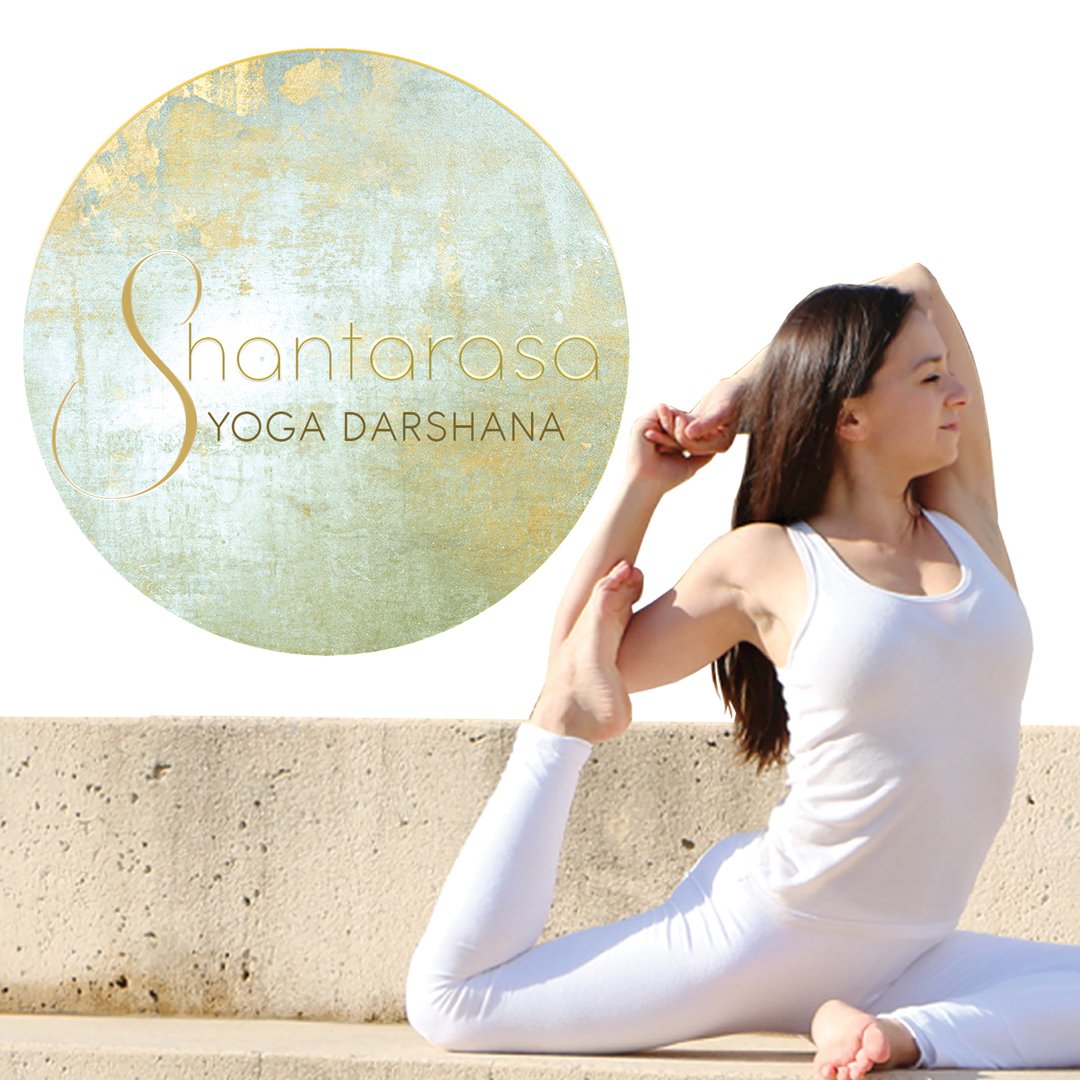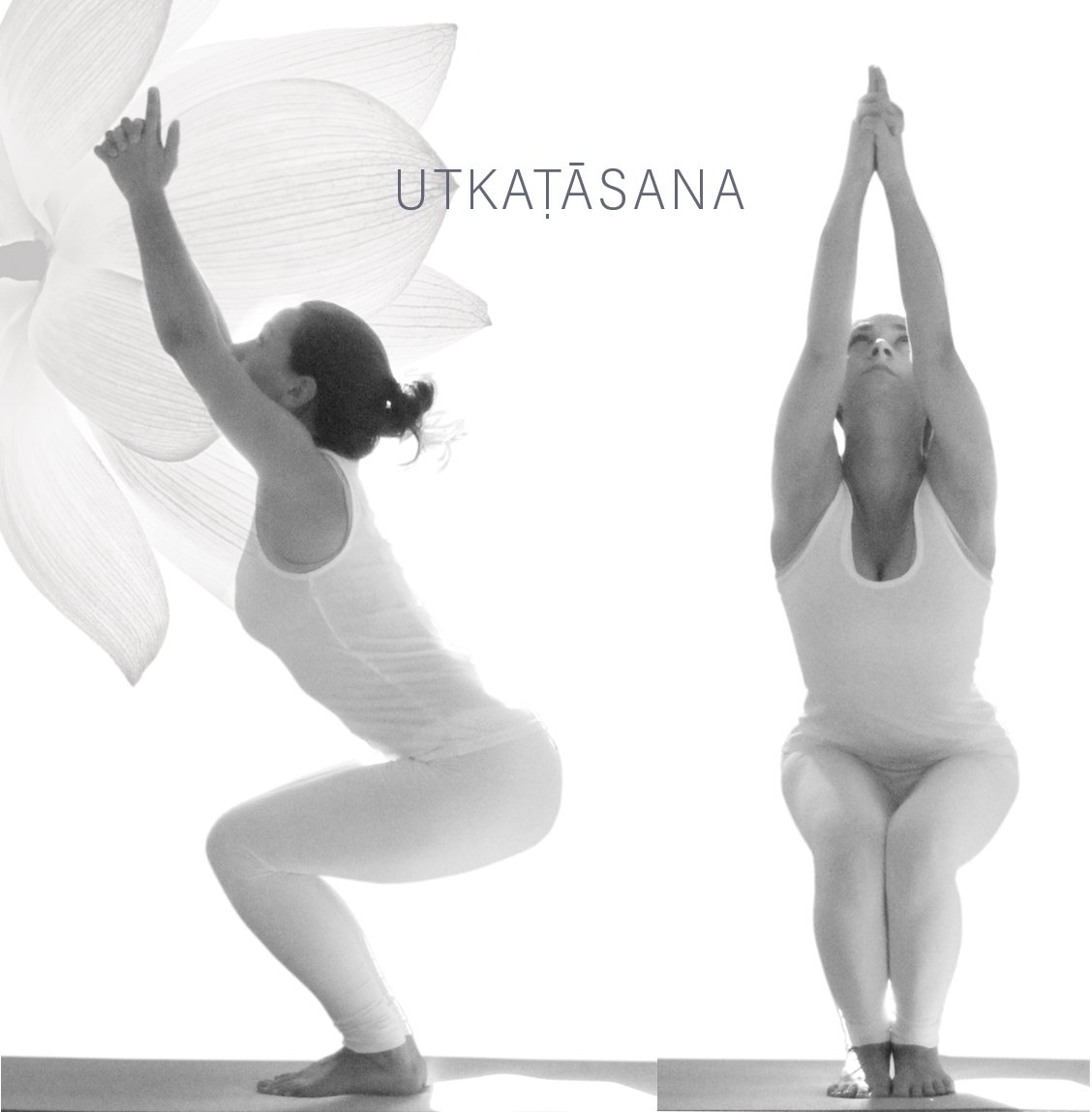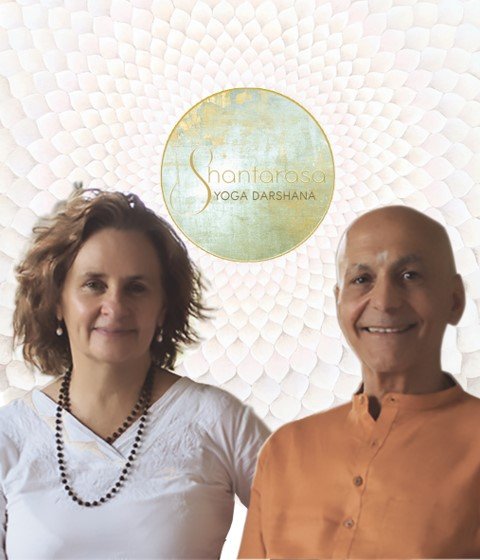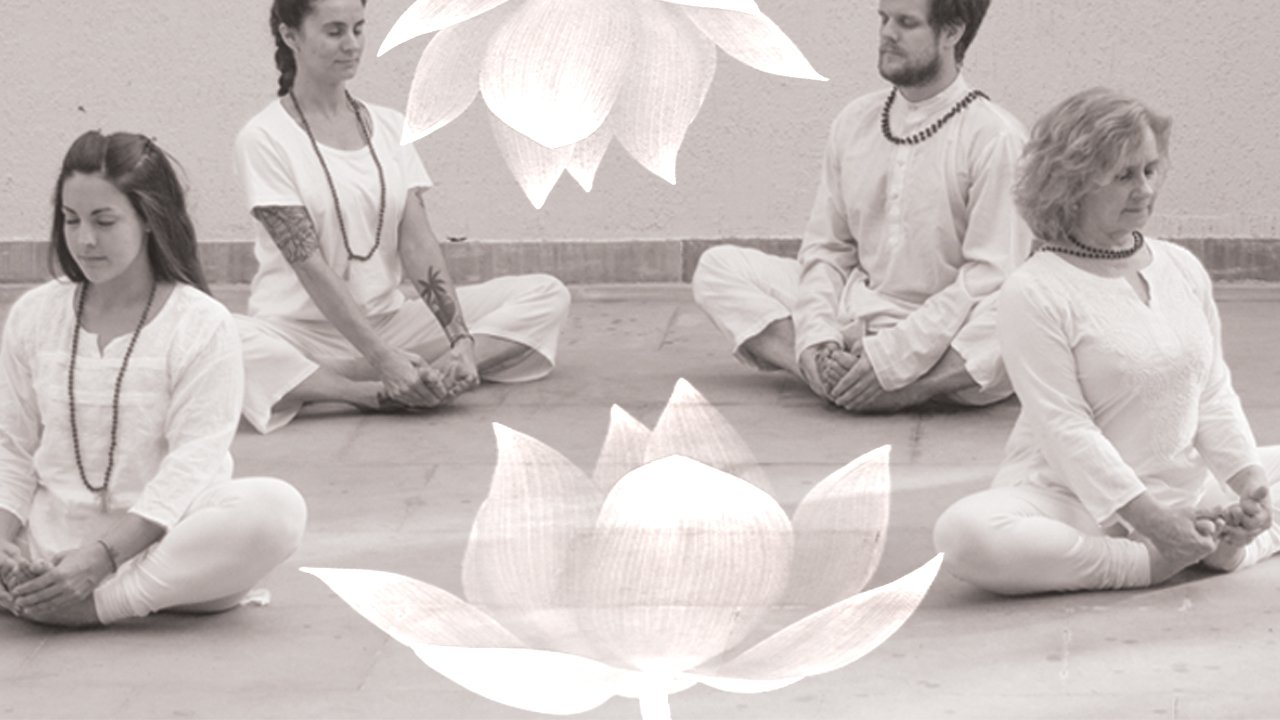Yoga Teacher Training – 200YTT
As an entry level of training to develop the understanding, skill and training to instruct others in yoga practices Shantarasa offers a unique program. Part of its uniqueness is its double application.
The program equally suits people looking to develop as teachers and also serves people with a love of practice. Those who seek to understand yoga practice and philosophy to better integrate the benefits of complete Yoga within their lives. Many people take the program for this reason alone. Throughout the course they may discover a capacity to instruct that is very natural.
ASANA – The Purification of the Body
A step away from ‘modern postural yoga’ students learn original forms of classical asanas along with the deep physiological and energetic benefits they engender.
The classical asanas and the preceding preparatory practices can be practiced with a therapeutic orientation.
There are multiple simple forms of practice that facilitate healing and energetic flow that are not commonly practiced today.
The classical asanas are taught individually and as sequences that move with specific breath focus. The classical asanas start in easy to access variations and can develop into more advanced postural practice.
Asana is always accompanied by specific breath forms and placement.
Asanas teach us about the inner working of the body physically and energetically. We gain skills to enhance health and wellbeing.
Asanas build strength and endurance, while also developing greater mobility, flexibility and ease within the body.
Asana practice is about breath and subtle energy. Asana without conscious breath is of little value. We find the ground upon which the body creates itself – creating healthy tissue, cellular reproduction and that sustains integration with a healthy balanced mind
BREATH | PRANAYAMA
Yoga tells us we breath around 21,600 times a day
Mostly breathing is unconscious and has the function of sustaining life.
Yogis learned to make the breath conscious, and controlled and thereby amplifying the tremendous benefits not just of the physical breath but also the subtle breath.
The subtle breath works at the level of prana (vital life force). The human body has five subtle currents of vital life energy that govern all functions be they physical, subtle, of the mind, or of consciousness.
Breath and Pranayama practice works with and directly influences the power of these subtle currents. These are the foundations of our health, our immunity, our digestive power, our capacity to cleanse and remain in balance, to cultivate a refined intellect, to be at peace and to uplift ourselves.
Learning about breath in truth is learning about life and potential.
Pranayama practice includes the use of subtle and potent hand gestures called mudras and bandhas which are locks that retain and move energy.
Yoga Nidra & Meditation
Within this training we explore the ancient practice of yoga Nidra.
This is more than a simple relaxation technique. At first it gives the power to release deep seated impressions which may be the seeds of unconscious fears and memories.
AS the practice deepens, we gain the capacity to access a quality of conscious presence even in deep sleep. The benefits of this yogic sleep are immense and life altering.
Meditation is both a practice and a state. We learn simple practices to turn the mind toward the bright spark of beingness that generated the experience we call life, our essential Self. The practice gives us access to a state of consciousness so still, so pure, so naturally joyous, and infinitely expansive as to ground us in a vastly changed perception of what is real amongst the world of events and things.
Traditional meditation is something we allow, we set the environment internally and it happens as a consequence, and it changes us from the inside in a permanent and profound way. As we develop the power of mediation the mind becomes clear and focused as an instrument of knowledge and perception that can be pristine. We find a centre and still point around which life expresses and unfolds.
Practical Wisdom
Yogic philosophy is like no other. It is in essence meant to be understood through direct experience, to be lived!!
It offers an understanding of what we are as human beings, what is the purpose of life, what is the meaning of our efforts, what is the structure and nature of the mind. It opens us to the possibility of evolving beyond the burdens of a conditioned, confused or troubled mind. It offers teachings by which we can redesign every facet of our experience along a vector of ever-increasing knowledge, perception, power and peace. It is not a dogma it is a way to know.
Integration and Teaching
We can redesign our day to day life and schedule through yogic knowledge in such a way each day has a focus and intent that generates energy and equilibrium. We can find a balance that sustains and cultivates energy physically, and at the level of our creative potential and state of mind. Integration of what is learned is key to receiving the benefits of yoga every day.
Learning to teach is an art. Cultivation of empathy, compassion and an ability to listen and be beneficial to another is the art of teaching. Finding the natural way for each of us is individual and yet there are a few basic qualities we cultivate and skills to develop to enable an ease in instructing and guiding others.
Our own dedication to an ongoing personal practice with mentorship is our greatest tool.
Yoga instructs a life path (sadhana). One that will ultimately transform us in every imaginable way. We are meant to evolve. We are predestined to unlock our unique qualities that will benefit ourselves, those we love and all we meet. We are each capable of being a potent benign loving presence in our interface with life and others.
Yoga Teacher Training or Yoga Study is a way to commence the path in earnest and with great heart.
200h Yoga Teacher Training - commencing Early 2024
for deepening personal practice
requisite knowledge to begin to teach others
Course covers
WHAT IS YOGA - Exploration of the foundational and central principles that guide and inform authentic yoga practice.
HOW YOGA WORKS - The yogic view of the mind, the body, the purpose of a life, and how to influence conscious, vital and empowered living. Includes study of the subtle body anatomy and physiology, the balancing and cultivation of vital energy – exploration of 5 koshas (sheaths), 4 bodies (physical, subtle, causal and supra causal) the system of subtle energy channels and their centers, prana (life force) and the 5 vayus (winds) as aspects of prana and how all this understanding effects practice and experience.
APPLIED PHYSICAL ANATOMY AND PHYSIOLOGY - As it applies to asana practice, including returning to optimal alignment. Identifying the causes of misalignment, and the use of simple release methods to restore optimal alignment within the muscular -skeletal system. Understanding how the body achieves health and vitality. Understanding the importance of strong digestive function and a balanced nervous system. An online practical anatomy course is part of this component of study.
YOGA NIDRA - As an ancient and traditional practice which expresses the science of human transformation. Training to guide the complete stillness of body/mind. Yoga Nidra is much more than relaxation.
BREATH - The science of breath both physical and subtle. Its importance to overall health of body/mind. Practices to extend and equalize the breath. Breath as key to the balance of the mind. Breath as tool to manage periods of imbalance. Research that supports the yogic emphasis on importance of breath awareness.
THE COMPLEMENTARY SCIENCE OF AYURVEDA - The twin science to yoga. It describes the nature of individual constitution. This basic knowledge enables us to practice and live according to our constitutional predispositions and to environment and season. When applied to yogic practice we develop a more intelligent approach to holistic living.
ASANA - What is asana? Understanding of the three stages of practice. How to practice according to our constitutional predispositions, developing intelligence in practice. How to modify and adapt asana to meet individual needs and to progress to greater depth over time. How to adjust asana in class safely and effectively. Sequencing a class, designing an ongoing practice. Benefits and contra-indications of asanas.




